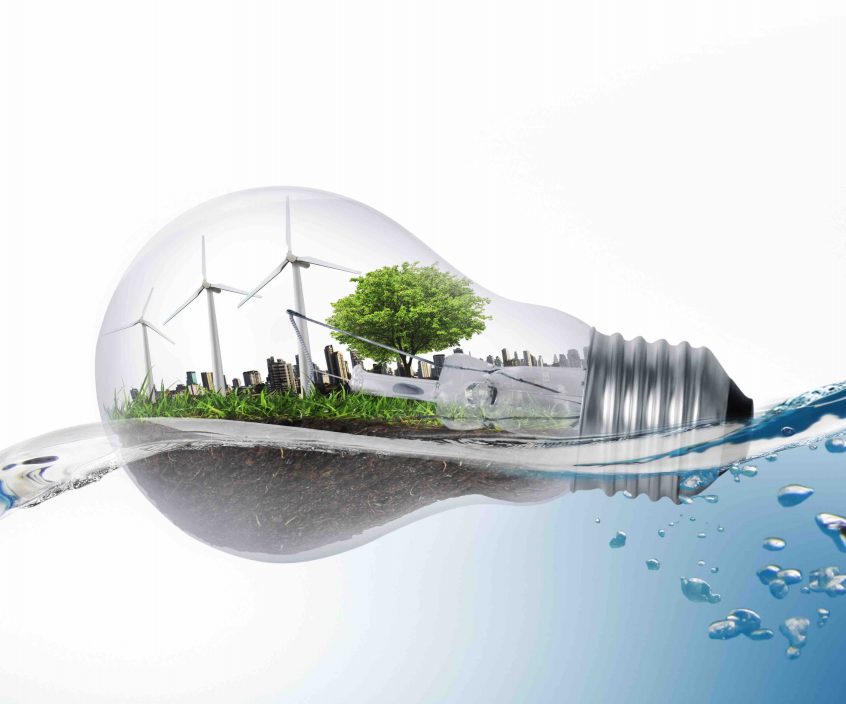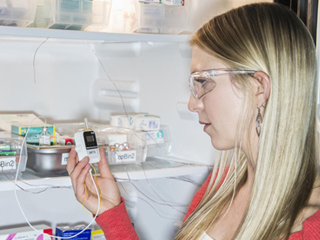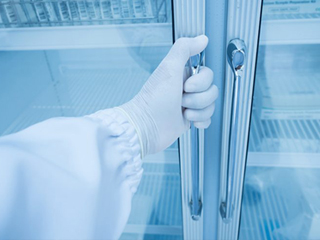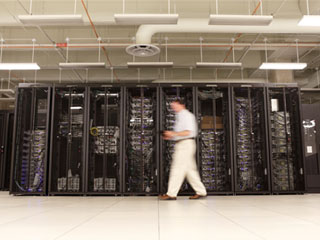There has been a talk about Power Usage Effectiveness (PUE), in data center circles for years. Together with Delta T, it’s become an industry buzzword when talking about data center efficiency and environmental conditions. Another aspect that has become increasingly important as data centers rely on economizer cooling modes is Water Usage Effectiveness (WUE). This issue has been overlooked in the discussion. The Green Grid created both of these data center sustainability indicators.
When deciding between cooling designs, the availability and cost of water should be considered, especially when considering economizer systems.
What is Water Usage Effectiveness (WUE)?
While the definition of PUE is the total power utilized by the data center divided by the power consumed by the data center’s IT equipment. The WUE is a comparable measure that splits total yearly water usage by IT power on a certain location.

Photo Credit: blog.se.com
A data center’s water use is a complicated topic. Not only is water utilized on-site, but the utility’s electric power generation also consumes a large amount of water. As a result, boosting data center water use might reduce total water consumption by lowering the amount of energy required. Consider a multi-megawatt data center that consumes tens of thousands of gallons of water each day. For both environmental and local legal concerns, data centers using evaporative cooling should strive to reduce their water use.
Water Source and Pressure for Adiabatic Economizers
Adiabatic economizers spray water onto heat exchanger surfaces or straight into the air stream. The water serves to cool the air as it enters the data center. However, part of the water evaporates and is wasted in the process. For these systems to work, you’ll need a consistent and reliable source of water. You will lose the economizer benefit if your water supply is turned off for whatever reason. If there is a considerable possibility of water shortages, you may need to build larger economizer systems than you would normally, or add separate backup cooling systems, both of which might significantly raise upfront capital expenditures.
Water pressure is another factor to consider. WUE rises as a result of high-pressure systems producing a fine mist that is prone to a lot of evaporation and water loss. Low-pressure systems function more like a shower, allowing a higher volume of water to be collected and recirculated. If a system does not have a recirculation capability, the water loss is 100%.
Balancing Water Use And Energy Efficiency
We often associate energy efficiency with sustainability – in addition to lower operating costs — but owing to the financial and environmental consequences of water use, this link becomes less obvious with cooling systems that utilize water.
This is most evident when an adiabatic system is introduced to an air-cooled chilled water system. The inclusion of an adiabatic system increases the partial power use effectiveness (PPUE) of the air-cooled system by roughly 0.01, equating to 208,000 kilowatt-hours (kWh) per year, using a 3 megawatt (MW) data center in Ashburn, Virginia as our testing model. As a result, it raises the water use effectiveness (WUE) from 0 to.165, saving 4.3 million gallons of water per year. Evaporating water has a net effect on the system that improves energy efficiency while also increasing water use.
Because most sources of electricity utilize water in the power generating process, it has been argued that lowering data center energy usage aids water conservation. This is a true point, however, in most cases, the water saved upstream by power production processes does not entirely offset the water consumed downstream by data center cooling systems.
According to a 2017 research by the Department of Energy’s Argonne National Labs the average water consumption for electricity in the United States is 0.576 gallons/kWh. Using this average, the adiabatic system is anticipated to save 119,808 gallons of water in power production, resulting in net water consumption of roughly 4.18 million gallons.
While it’s understandable to place a higher priority on the adiabatic system’s capacity to reduce carbon dioxide emissions over the environmental costs of water use, water usage should not be overlooked when considering sustainability.
Cost and Water Quality
To determine which system is the best match, you must consider the cost and availability of water. Keep in mind that the cooling system with the lowest power consumption and highest water usage may have the greatest total cost of ownership. Lowering WUE is a worthwhile aim itself, but it is not the only factor to consider.
Water quality is also a factor to consider. High-pressure adiabatic systems are particularly susceptible to water quality issues. This is because they push water to flow through small orifices to generate fog. Because the orifices of low-pressure evaporative systems are much bigger and less prone to clogging, they are more forgiving. This lowers maintenance expenses and lowers the chance of system failure.
The Benefits of Water Cooling Systems Include:
-
An increase in server density is possible.
-
There is a significant reduction in the amount of energy required for cooling.
-
There is less time for manufacturing and a higher return on investment.
-
There’s no requirement for a unique building design.
-
Infrastructure that is more reliable,
-
There’s no need to re-characterize air flows before making any movements, additions, or modifications.
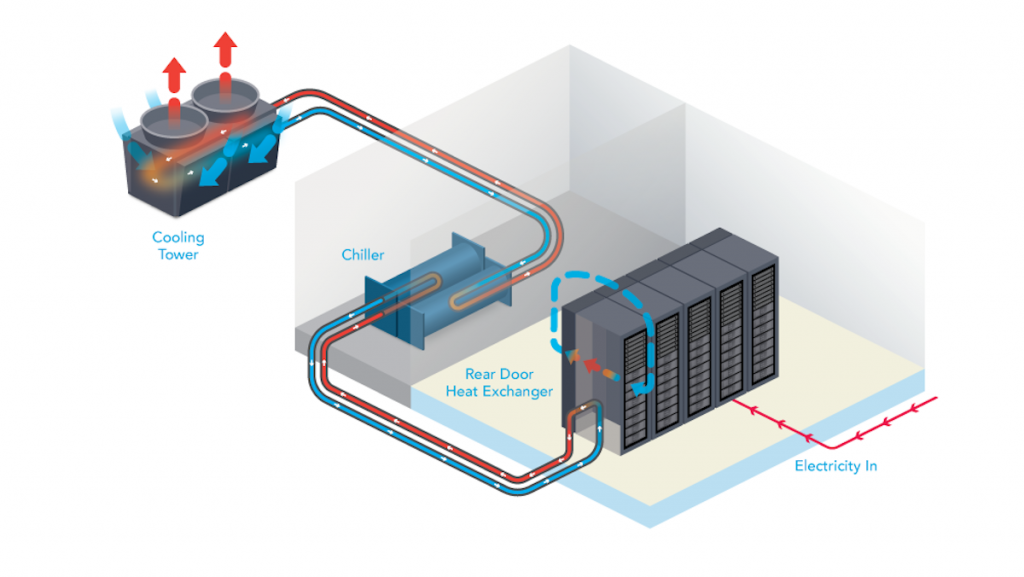
Photo Credit: www.upsite.com
Many data center operators have been concerned about possible leakage when using water cooling, but this technology has advanced to the point where this should no longer be an issue. The use of water to cool hotspots enables the future operation of high-density data centers. Water cooling is, in most cases, considered a best-practices approach. When “free cooling” is used during periods of colder weather, water-cooled technologies become even more efficient.
Cooling towers, in actuality, don’t keep things cold. They reject heat by moving heat from the water supply to the atmosphere via evaporation and sensible heat transfer, lowering the water temperature. Because businesses utilize cooling water for a variety of purposes, cooling towers come in a variety of shapes and sizes.
Air Handling Unit Monitoring with Wireless Tunnel Sensors
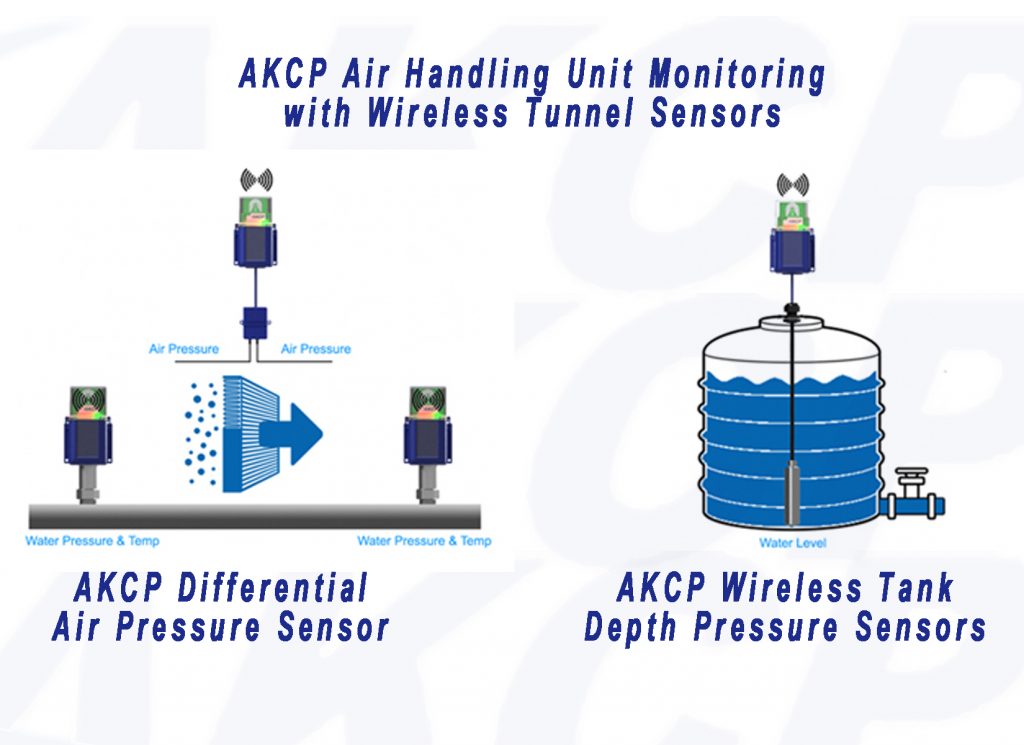
AKCP HVAC MONITORING SENSORS
In chilled water cooling systems having sufficient water in the cooling tower is essential. With wireless tank depth pressure sensors, you can easily monitor and be alerted if the water level drops below the required levels.
Flow meters can be installed to check for water loss, ensuring inflow and outflow are equal.
Differential Air Pressure Sensor installed on the Air Handling Unit Filter. When pressure drop across the filter is high filters are dirty and require maintenance. Sensors are wireless with 10-year battery life.
Wireless Pipe Pressure Sensors monitor the water or gas pressure and temperature on the input and discharge lines from the AHU.
Reference Links:
https://www.lenntech.com/applications/process/cooling-water-data-center.htm
https://www.datacenterdynamics.com/en/opinions/fact-or-fiction-using-water-cooling-actually-reduces-data-center-water-consumption/
https://www.fractal-design.com/products/water-cooling/
https://searchdatacenter.techtarget.com/definition/water-cooling
https://www.facilitiesnet.com/datacenters/article/Water-Usage-Effectiveness-As-An-Important-Data-Center-Metric–13806




